HarmonyOS
Here are the four reasons why people are upgrading over Huawei HarmonyOS from EMUI
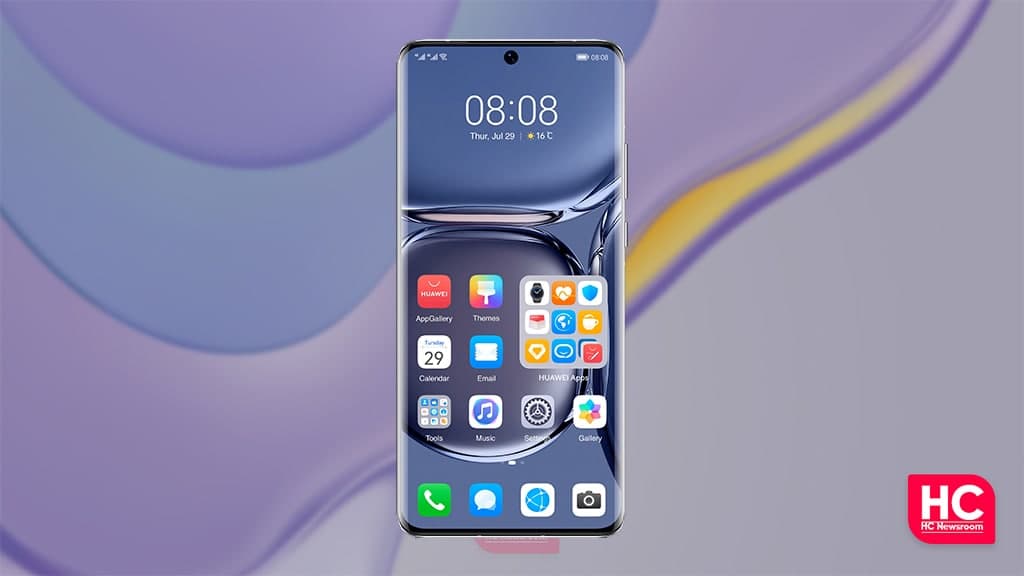
HarmonyOS is an open-source operating system and it brings distributive capabilities that connect directly to Huawei device users. The HarmonyOS has achieved 10 million installations within a week and 18 million devices within 15 days of its launch.
By July 6, the number of HarmonyOS installations have exceeded 50 million active users in China. Most interestingly, this rollout is limited to some models and we need confirmation on the global rollout.
To date, the installation flow of the HM OS is surely great achievement for Huawei. It’s way ahead of what Richard Yu, CEO of the Consumer BG at Huawei Technologies has expected. Although, the HarmonyOS was available for the smart accessories, and smart car cockpit previously, the smartphone version- HarmonyOS 2.0 has its own specialties.
In the beginning, users were afraid of losing the Android App accessibility while switching over the HarmonyOS. Somehow, the withdrawal of Android support from Huawei has led us to the origin of HarmonyOS.
As mentioned earlier, HarmonyOS 2.0 launched on July 2nd this year. In only two months, this new OS made such an achievement. The question is, why people are upgrading over Huawei HarmonyOS?
Below, we’ll discuss the four reasons to upgrade over HarmonyOS.
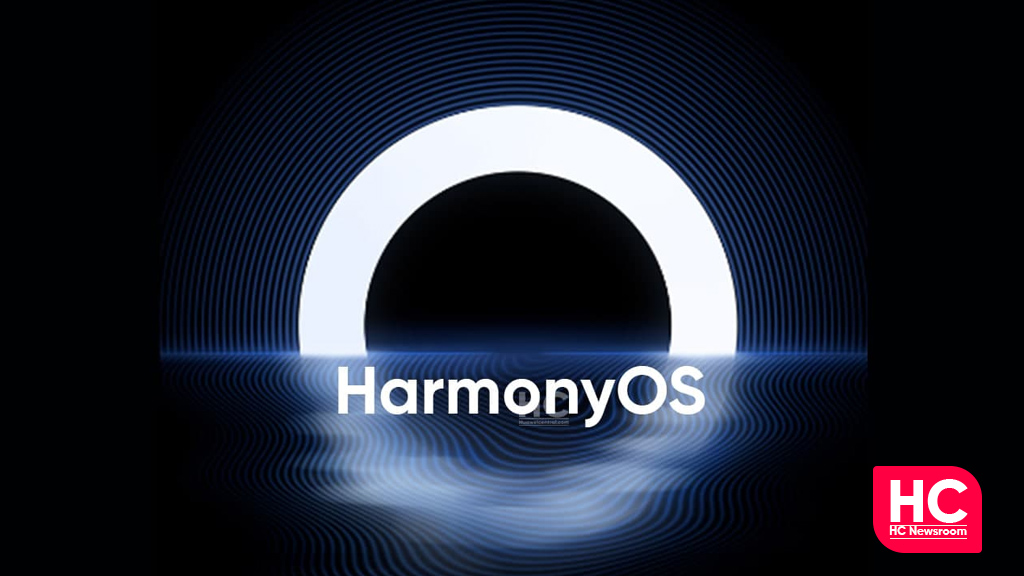
Four reasons to upgrade over HarmonyOS:
First Reason – Great system fluency:
HarmonyOS system fluency is noticeable. it’s one of the top reasons and reflects immediately after switching EMUI to HarmonyOS. Once you’ll upgrade, there are different kinds of system experience you’ll get on this OS.
Covering all, the Huawei operating system for smartphones comes with a brand new user interface, transition effects, a big reduction in app opening and closing speed, good application response and load time, reduced battery consumption, better memory management, and more.
Android is bound by its architecture. which is not the case with HarmonyOS and features a brand new motion engine that simultaneously executes on the application interfaces and motion effects ensuring no frame drop during the app switching or heavy multitasking.
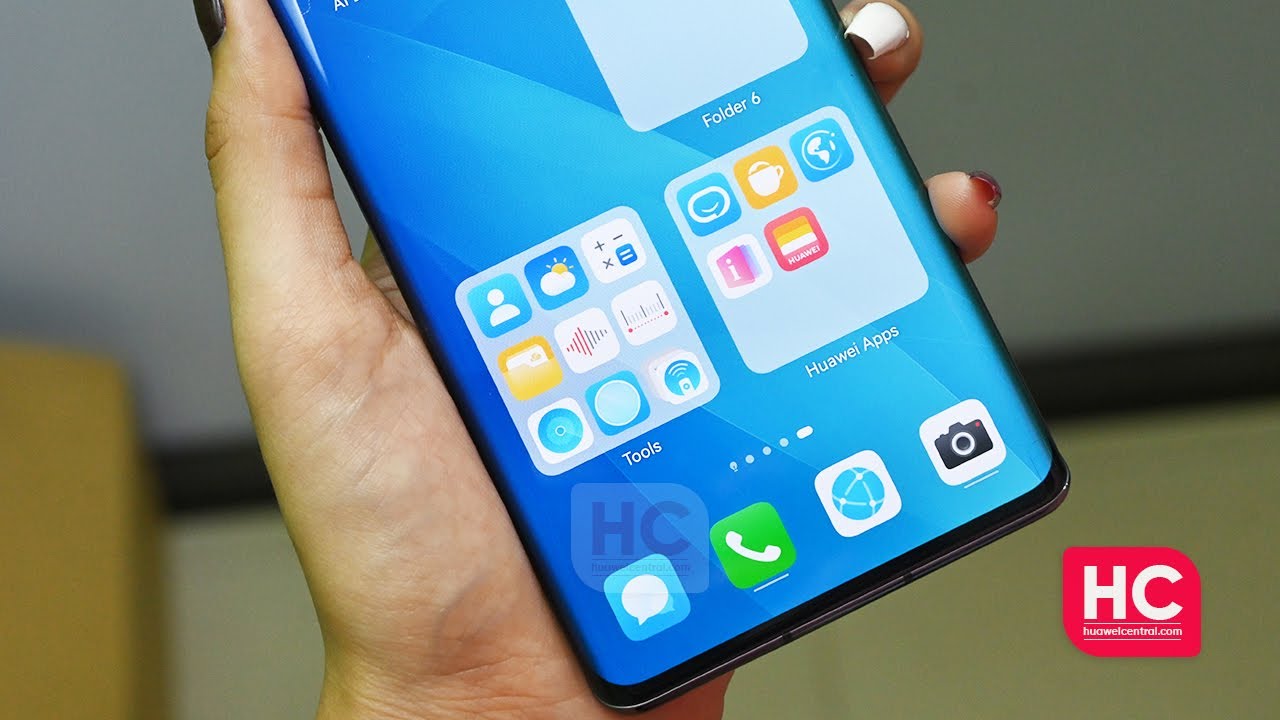
Besides, the HM OS features intelligent maintenance capabilities and memory management protocol that remits a smoother experience in older smartphones.
Unlike Androids, which pile up the junk files in the background causing slower operations, the HarmonyOS has space allocation approaches according to the degree of system fragmentation. It works quietly without disturbing user operations, finishing the task with high performance.
Second Reason – Smoother Gaming Experience:
Moving to the gaming experience, the fact is proved with the various test on the famous Chinese multiplayer games- Peace Elite (PUBG) and Glory of Kings. Without any doubt, HarmonyOS easily win against the Android-based EMUI, in terms of frame rate and power consumption.
The test result attests that HarmonyOS shows an average fluctuation of 0.69 at a 90.17 frame rate with power dissipation of 3.77W. On the other hand, the EMUI shows an average fluctuation of 1.79 at an 88.83 frame rate with a power dissipation of 3.86W.
The rich graphics library is the reason for the Harmony to show a steady frame rate. It enables the system CPU and GPU to achieves the scheduling and rendering, separate logic and rendering, reduce repeated drawing and other technical means at the same time.
Relatively reduction in the device’s processing components saves a lot of power and delivers a high frame rate for a smoother gaming experience.
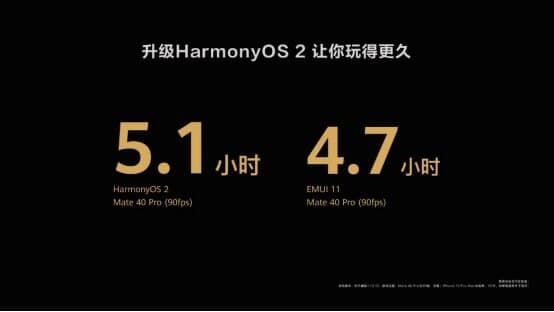
Third Reason – Improved overall efficiency:
User experience is the main aim to brings this enhanced system performance and overall efficiency. Moreover, HarmonyOS 2 skips all the unnecessary steps while accessing an application.
Hence, a user can quickly enter the app interface in few steps. For example, the Service Widget feature minimizes the number of purchasing steps. Clicking on the JD.com app and then the search bar will let you add the items to your card.
Unlike Android smartphones, where a user needs to click on the JD app, then skip or see the following advertisement, and then click on the search bar will let you shop the products.
Besides, the high-performance IPC technology follows the priority task execution, approach and the microkernel of the system can boost up the execution efficiency.
Fourth Reason – Distributed Capabilities:
The distributive capabilities and architecture kit are the limelight of the system that is cable of simultaneously connecting multiple devices such as smartphones, smart wearables, smart screens, laptops, and tablets. With the inbuilt multi-device IDE, once developed super device apps can be used across multiple devices.
The vast screen layout controls has the adapting ability corresponding to the various screen. At the same time, the easy connection procedure eliminates the struggle of turning on various switches and finding the respective device. In this era of IoT, HarmonyOS delivers high-efficiency multi-device collaboration capability, which is quite satisfying for the users.
The users with the Huawei device collection can easily recognize these changes and enjoy a seamless and connected experience. It’s also one of the main reasons that users are adapting HarmonyOS.
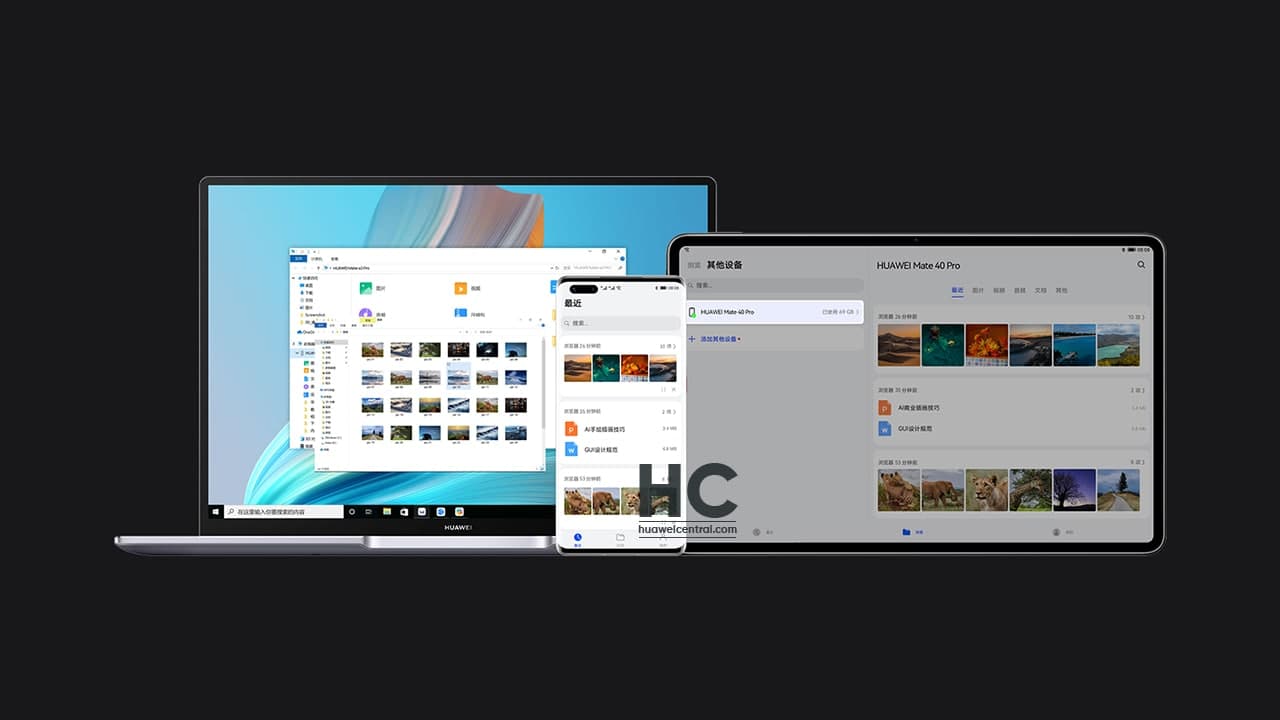
Conclusion:
The HarmonyOS operating system isn’t only welcoming for the consumers but the developers too. The open-source capabilities of the system allow new modifications within the system.
Furthermore, it offers full scenarios of smart life solutions that cover smart home, smart office, smart travel, sports, health, and audio-video entertainment.
Adding to this, from the least memory device such as 128KB to over 4GB, every device can adapt to the HarmonyOS system. All a user need is seamless performance while browsing any content or gaming, lower power consumption, and a stable connection between the device we own, which is not surprising today.
Huawei smartphone and tablet users have various reasons to upgrade and the company will further expand this new OS to more devices and as fast as possible.
Also, Check:
Huawei HarmonyOS Upgrade Plan: Devices and Rollout Time [List]
HarmonyOS
TAILG launched new scooter with HarmonyOS
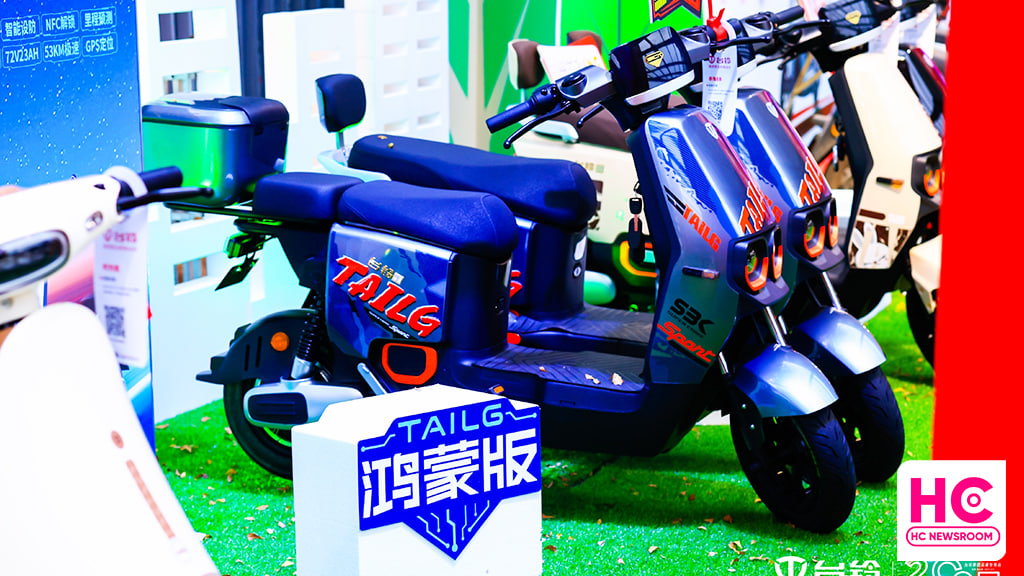
TAILG has launched a brand new electric scooter, which is powered by the HarmonyOS operating system and an all-around stylish look to provide a better experience for consumers.
It has a custom-made avant-garde handlebar, as well as an exclusive smart touch screen, which can display various driving data of the vehicle in real-time. It also equips with a variety of smart unlocking features, including one-key ignition.
The latest TAILG brings HarmonyOS features such as APP control, NFC unlocking, mileage prediction, smart fortification, and vehicle inspection. The TAILG HarmonyOS electric scooter packs a 72V23AH graphene battery, a 1000W cloud-powered motor, and a GPS positioning system.
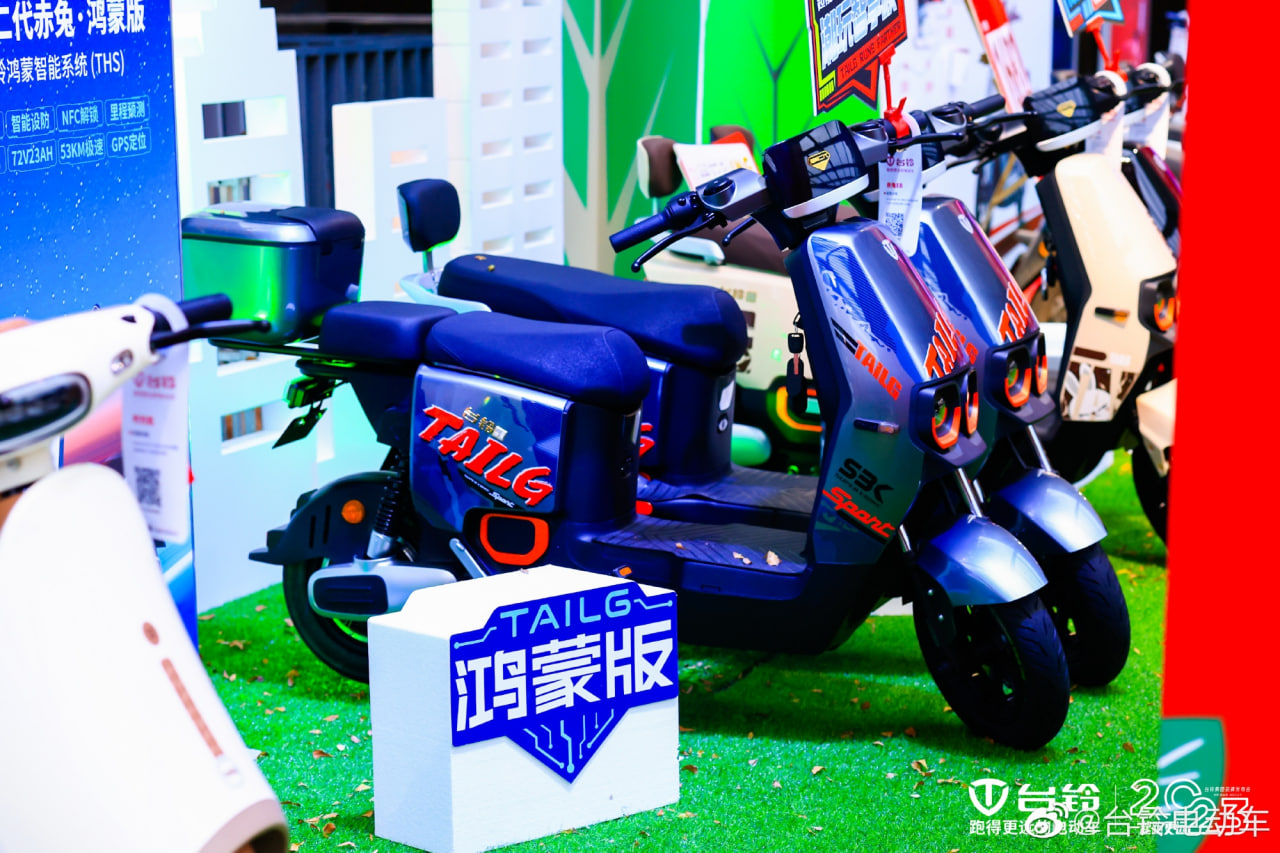
Looking at the price segment, the TAILG HarmonyOS scooter starts at 3899 yuan, and the high-end version is priced at 4588 yuan. This new electric scooter will be sold in offline stores across China.
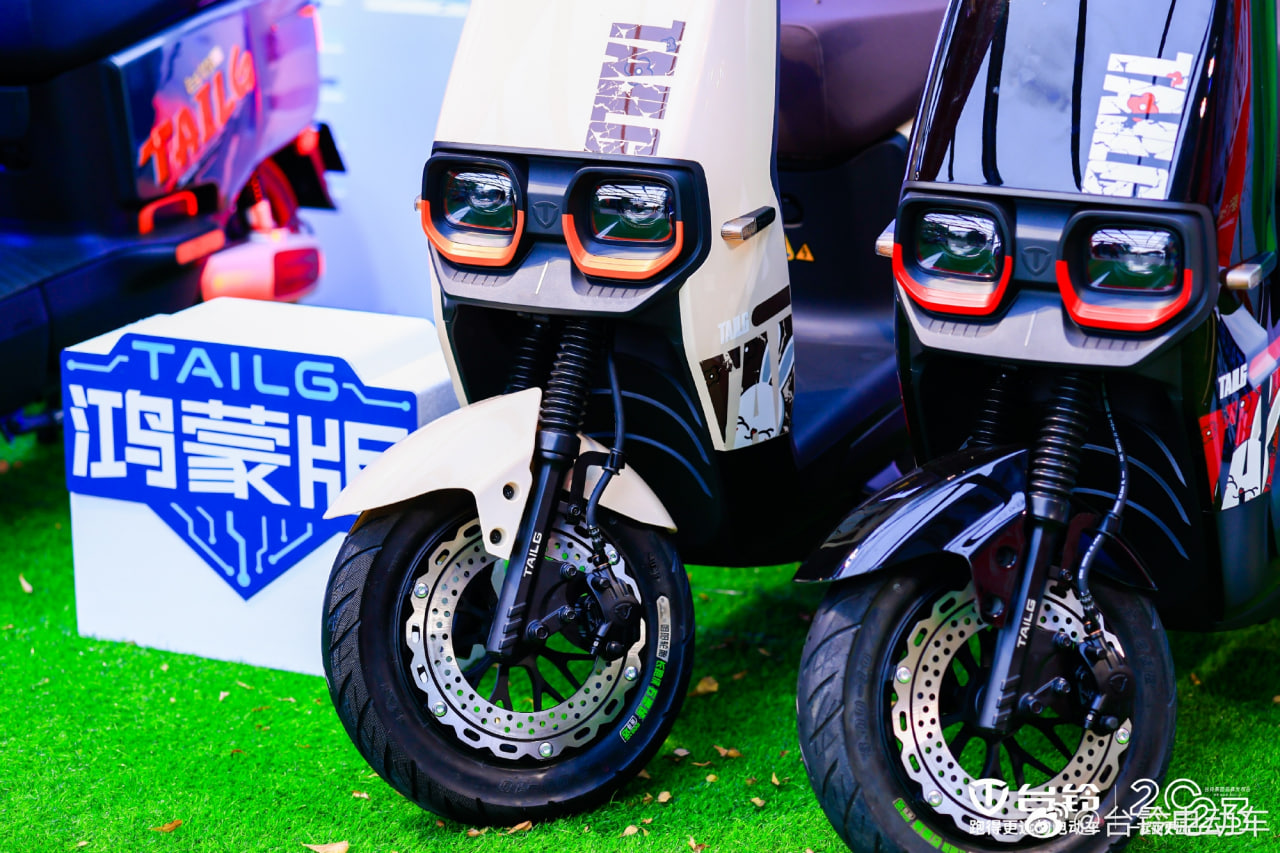
Last year in August, TAILG and Huawei announced cooperation to upgrade electric vehicles, the two companies will establish a joint innovation laboratory to conduct research on IoT and other technologies. This will also allow both firms to achieve technological advantages.
Established in 2004, TAILG is an enterprise specializing in R&D, manufacturing, sale, and service of new energy electric vehicles, Its products cover electric bikes, electric scooters, electric special bikes, electric tricycles, and other vehicles. It has an annual production capacity of 12 million vehicles and more than 30,000 stores exclusively in China.
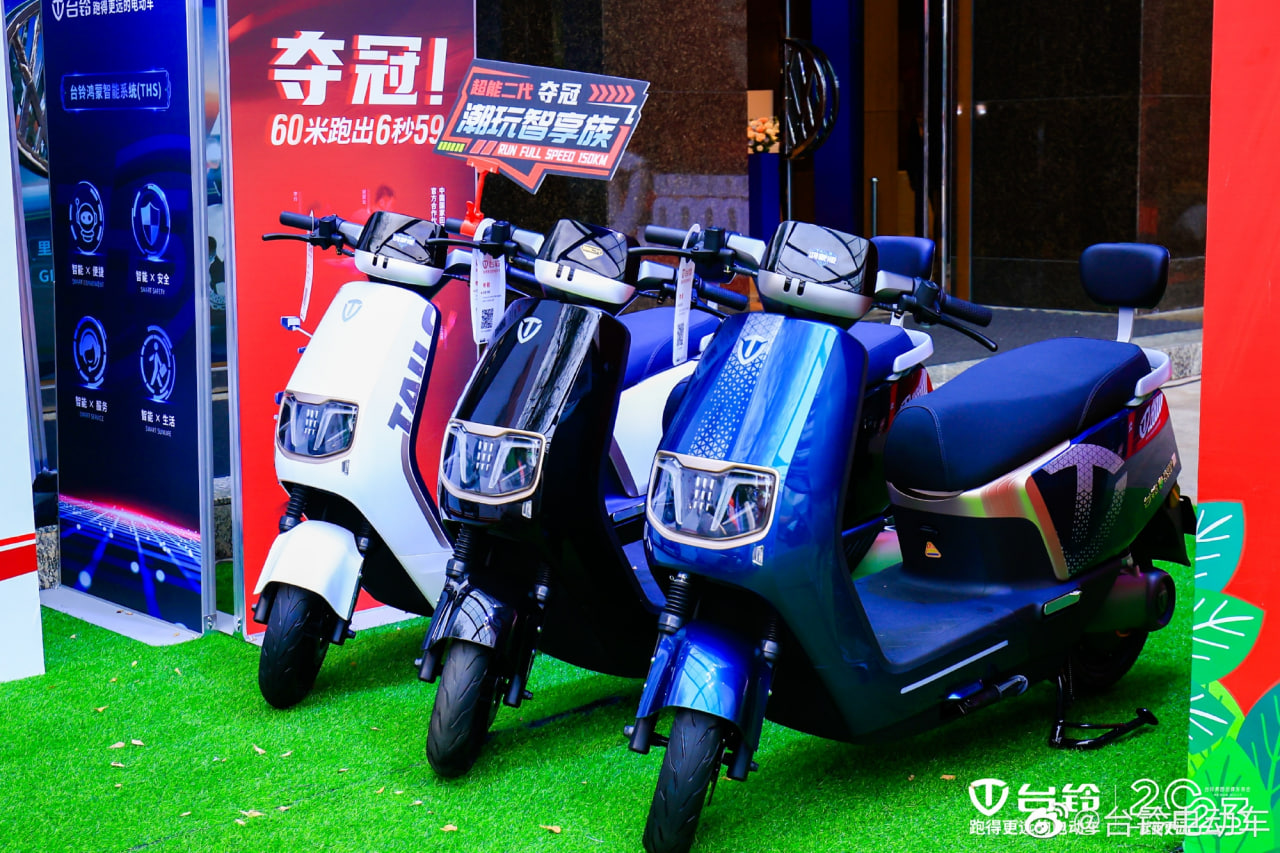
(via – Sina Tech)
HarmonyOS
HarmonyOS 3.1 Developer beta open for smartphone users
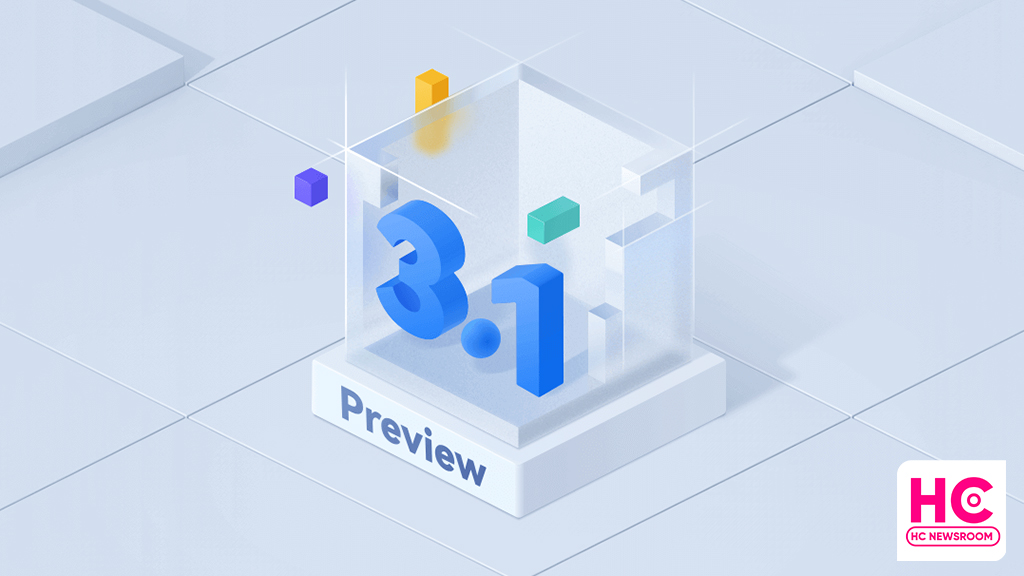
Today, HarmonyOS 3.1 developer preview testing is opened for smartphone users, this recruitment will enable developers to participate in the open beta activity with developer-only features directly into a real device.
According to the information, HarmonyOS 3.1 developer beta is currently being announced for the first phase of devices including Huawei P50 and P50 Pro. However, Huawei has confirmed to add more devices to the test pool later on. Also, a more friendly and subtle beta test is likely to begin in March.
To be mentioned, HarmonyOS 3.1 developer open beta recruitment is applicable until February 13, 2023. Afterward, Huawei will review the test applications. Selected testers will receive an email or SMS to download HarmonyOS 3.1 developer beta OTA rollout.
Also, this beta activity is available only for the Chinese models and only real authenticated accounts will pass the developer beta signup.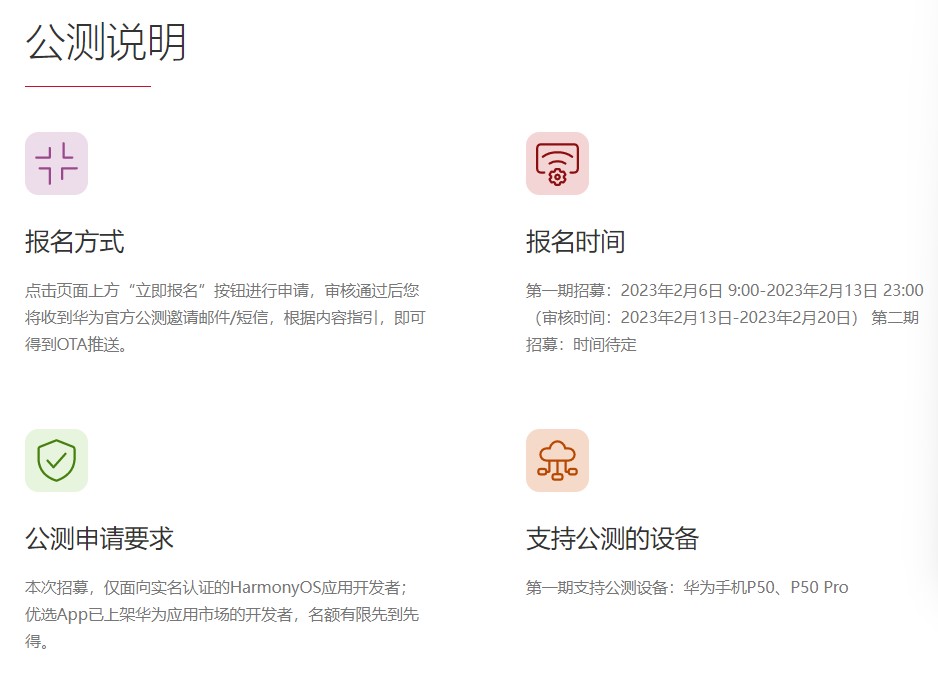
HarmonyOS 3.1 comes constructively adds a new ArkTS language, and with the latest public test, you will experience the improvements and efficiency of the app powered by ArkTS language, STage model, ArkUI, and more.
Below you can check the HarmonyOS 3.1 developer preview features:
- The ability framework adds a stage development model, including stage model life cycle management, scheduling, callback, context acquisition, authentication, and more. At the same time, the operation and management capabilities of the application are enhanced.
- The ArkUI development framework enhances the declarative Canvas/XComponent component capabilities, enhances component layout capabilities and state management capabilities, and optimizes the usability of some components.
- Application package management adds an interface for querying properties related to applications, ability, and ExtensionAbility.
- The common basic class library supports Buffer binary reading and writing.
- Web services add support for document preview and basic editing functions of document-type web applications, as well as cookie management and storage management.
- Added support for YUV, webp image codec, and other capabilities for graphics and images. Added native vsync capabilities, and supports self-drawing engines to independently control the rendering rhythm.
- Added camera configuration and preview functions in Media Services.
- The window service adds window-related interfaces under the Stage model, which enhances the window rotation capability and enhances the avoidance area query capability.
- The globalization service has newly added support for internationalization enhancement capabilities such as time zone lists, transliteration, and phone number attribution.
- The basic capabilities of common events are enhanced, and the commonEvent module is changed to commonEventManager.
- The resource management service adds a synchronization interface for resource acquisition, a new interface for querying resource values based on names, a new interface for querying number and float resource types, and a new way for Stage model resource query.
- Input method service adds input method cursor direction constant.

Android
First Android 14 Developer Beta announced, launch around HarmonyOS 4

Android 14 is the next software version for the Android ecosystem. On February 8, Google stepped ahead to begin the development of this major upgrade with the first developer beta.
Google has released the roadmap for the development, beta testing, platform stability, and the final release of Android 14, which reveals meet the launch of Huawei HarmonyOS 4 later in the second half of 2023.
The first developer preview is already out for the Pixel devices. However, Google could open early access to other smartphone makers such as OnePlus by April when the open beta campaign kicks off.
As mentioned by the Android company, Android 14 is projected to reach platform stability by the end of July. But there’s still a possibility of these milestone timelines to delay, similar to last year.

For your information, the Android 14 developer preview will be a very useful and early gift to the developer community. It will pave a way for the app devs to know more about the upcoming APIs and app features ahead of the final launch.
Looking into the developer preview features, Android 14 promises to improve productivity, enhances performance, improvements to security, and privacy, and bring new customizations.
Yes, there are new tweaks and changes made over Android 12, while there are more that will be visible as the development progress further. Throughout this phase, these developers (and later users) will help to fix bugs and make improvements to the Android 14 source code.
HarmonyOS 4:
Aside from the Android 14 developer beta, Huawei is preparing for the HarmonyOS 3.1 rollout but the company is working on HarmonyOS 4 as a major release for the next generation of Huawei devices. For now, there’s no official launch date available but we are likely to hear more on this at the Huawei Developer Conference (HDC) 2023 event.
HarmonyOS 4 promises big upgrades over HarmonyOS 3 and a major restructure in the user interface (UI). Nonetheless, we’ll keep you posted.

(source – Android)






